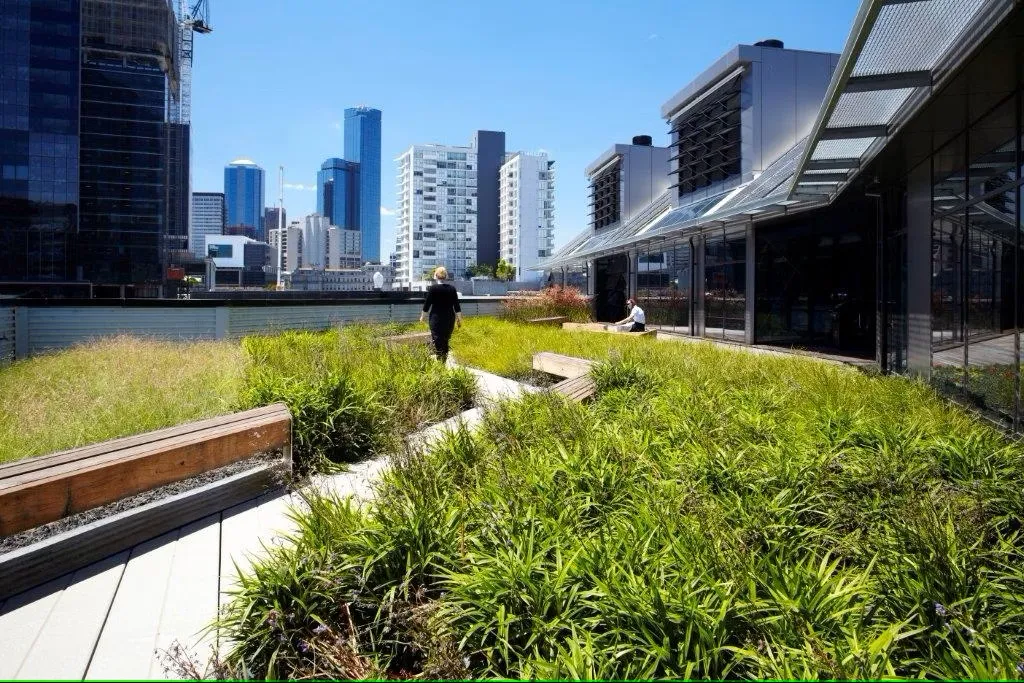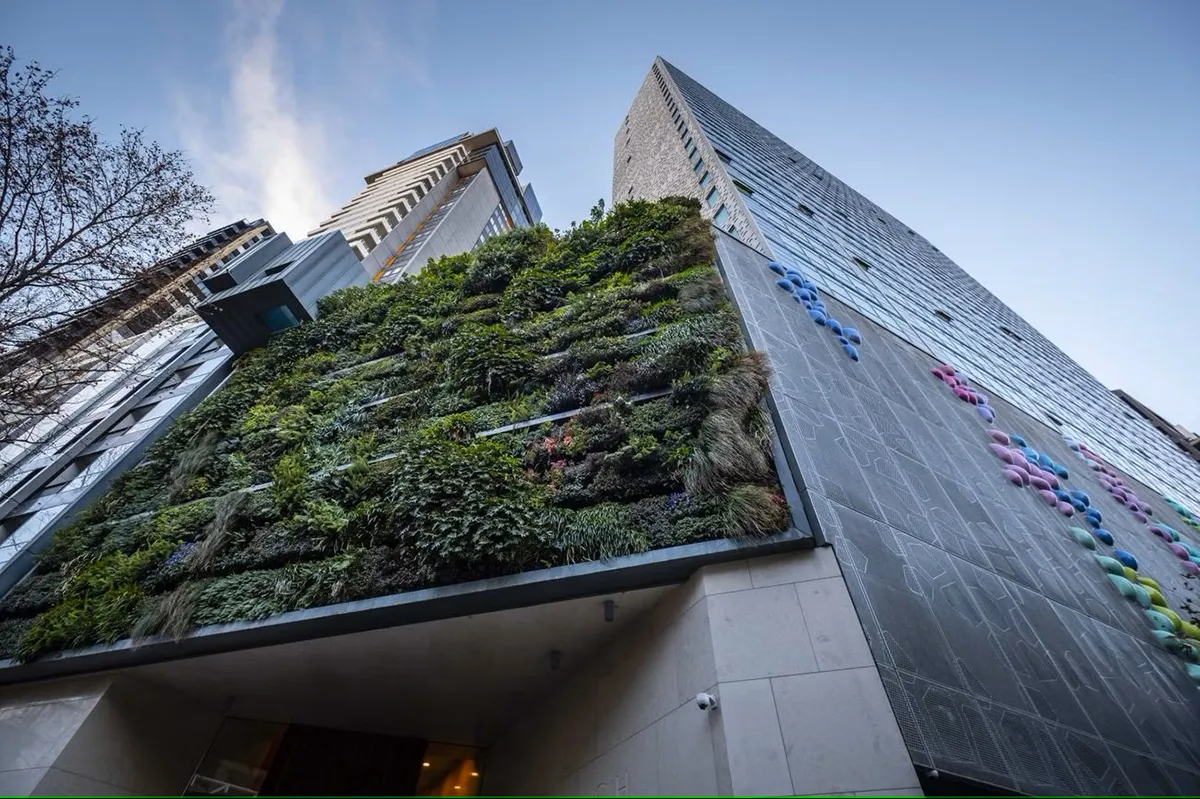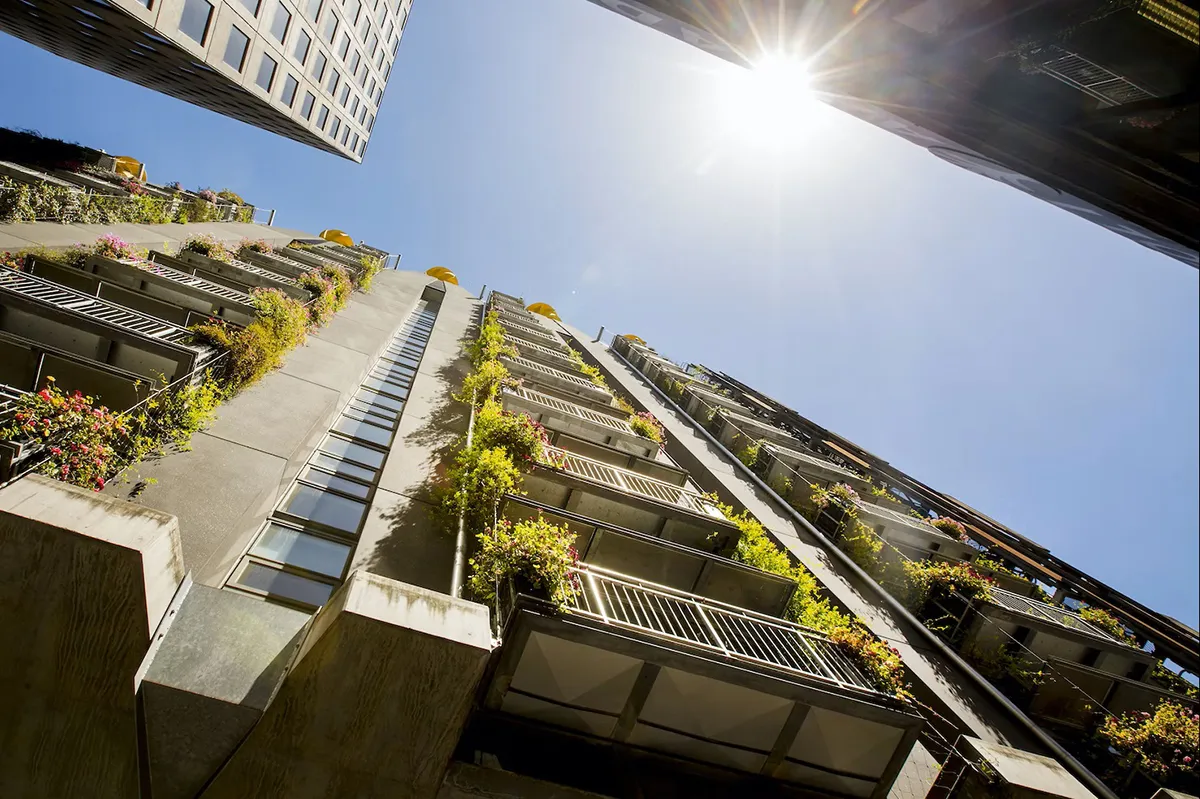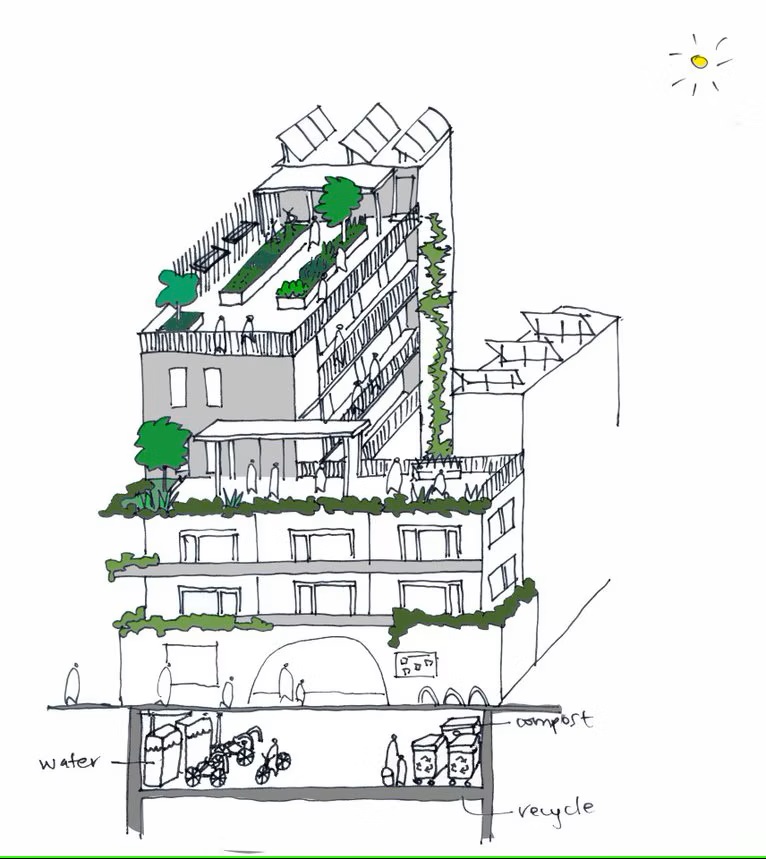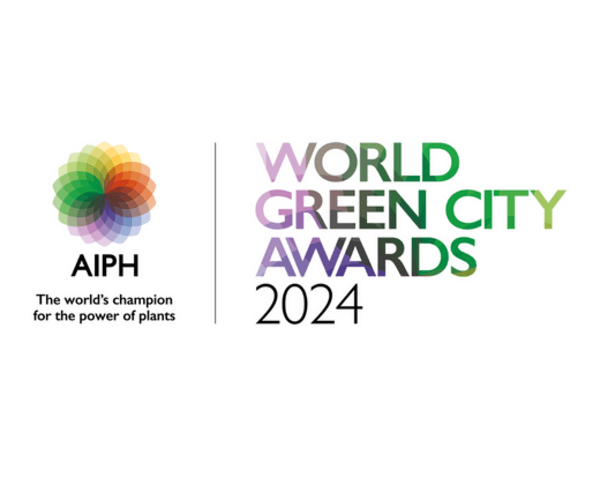City
Melbourne , Australia
Size and population development
As of June 2024, Melbourne had an estimated population of 5,316,00, making it the largest city in Australia. The city has experienced steady population growth, with an annual rate of 1.71% between 2010 and 2020. The growth is due to International migration as well as internal migration from within Australia and a natural increase from births over the last decade.
Population composition
Melbourne is known for its diverse and multicultural population. The city has the world's third-largest Greek-speaking population at the city level, after Athens and Thessaloniki. Melbourne is also home to large communities of people with Italian, Vietnamese, Chinese, and Indian heritage, among others. The median age in Melbourne is 36.4 years, with 18.2% of the population under 15 years,14.2% aged 65 years and over and 65.6% aged 15-64 years.
Main functions
Melbourne is the capital city of the state of Victoria and serves as a major financial, cultural, and educational centre in Australia. The city is renowned for its vibrant performing and visual arts scene, with numerous theatres, galleries, and museums. Melbourne consistently ranks among the most liveable cities in the world according to the Economist Intelligence Unit, attracting residents and visitors alike with its high quality of life, diverse culinary scene, and rich cultural offerings.
Main industries / business
Melbourne's economy is highly diversified, with key sectors including finance, manufacturing, information technology, research, and tourism. The city is home to the headquarters of several major corporations and financial institutions, such as ANZ, National Australia Bank, and the Australian Stock Exchange. Melbourne's strong education sector, with world-renowned universities like the University of Melbourne and Monash University, contributes to its thriving research and innovation ecosystem.
Sources for city budget
The City of Melbourne's budget is derived from various sources, including property taxes, fees and charges, grants from the Victorian and Australian governments, parking revenue, and income from investments and rentals. The city council also generates revenue through its wholly owned subsidiaries, such as CitiPower and Melbourne City Investments.
Political structure
Melbourne is governed by the Melbourne City Council, which consists of a Lord Mayor, a Deputy Lord Mayor, and nine Councillors. The Lord Mayor and Deputy Lord Mayor are directly elected by the residents and businesses of the City of Melbourne, while the Councillors are elected from geographic wards. The Victorian state government also plays a significant role in the governance of Melbourne, with various state departments and agencies responsible for transport, planning, and other key functions.
Administrative structure
The metropolitan area of Melbourne is divided into 31 local government areas (LGAs) or municipalities, each with its own elected council. These include 26 cities and five shires, covering hundreds of suburbs. The City of Melbourne is the central LGA, encompassing the central business district and inner suburbs. The LGAs work together through the Metropolitan Transport Forum and other regional bodies to coordinate planning and service delivery across the metropolitan area.
Website
https://www.melbourne.vic.gov.au/Pages/home.aspx
